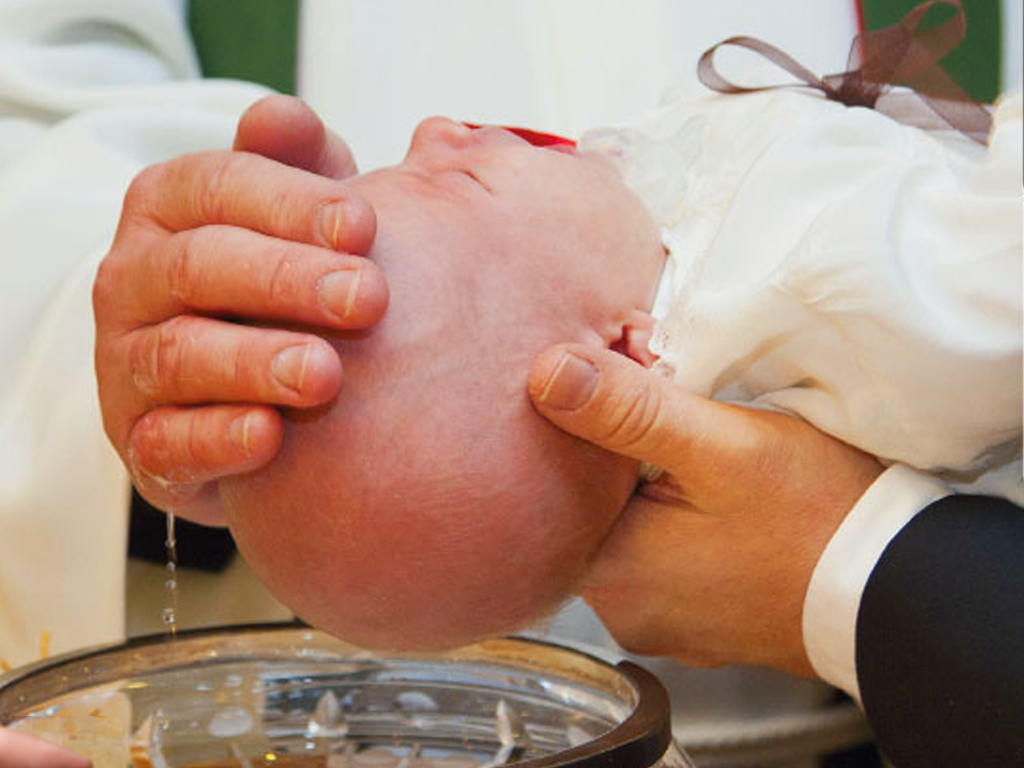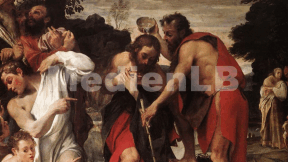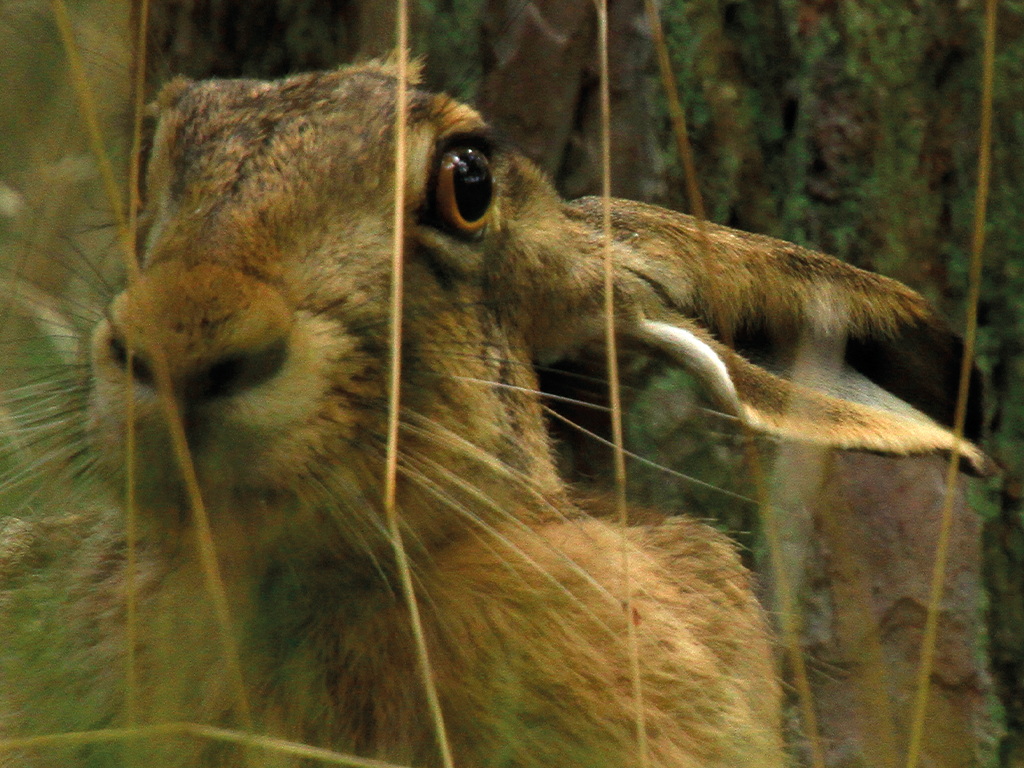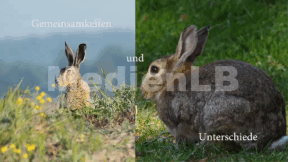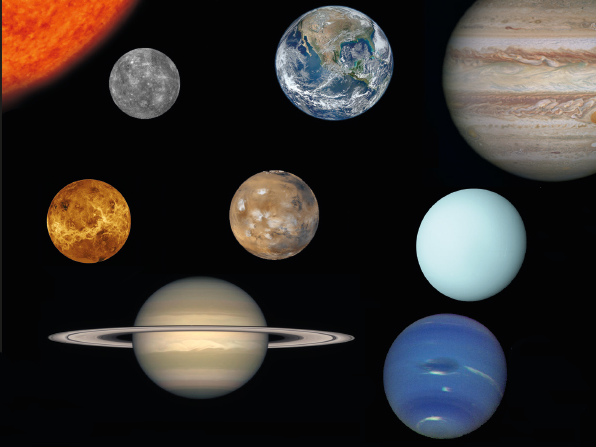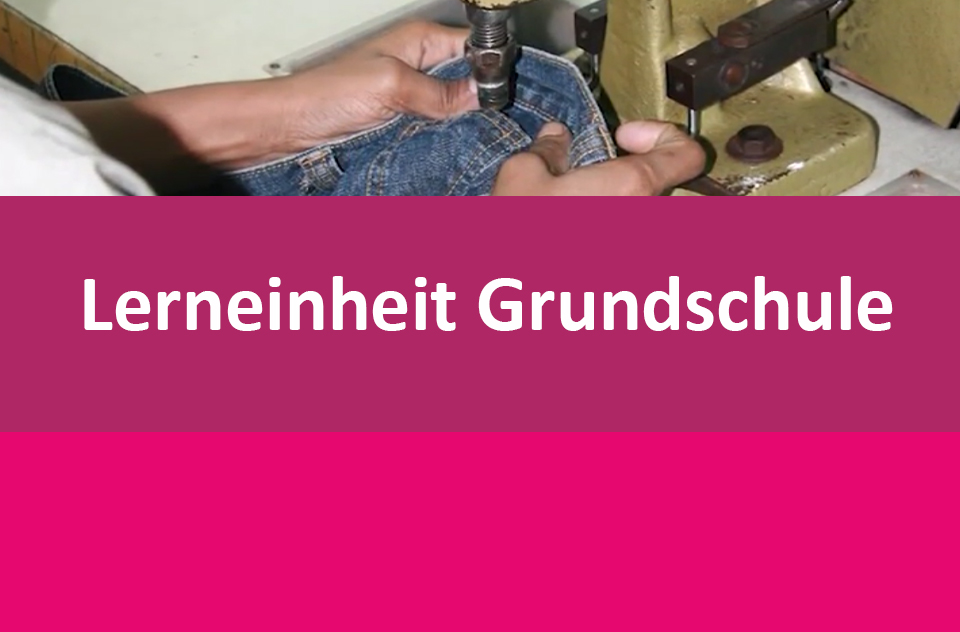
55502448
Herstellung von Textilien
In 10-15 interaktiven Modulen wird für Grundschulkinder Wissen zu Textilien und Textilproduktion vermittelt und anschließend abgefragt.
Included Tasks
- I Was sind Textilien? - Lückentext
- II Textilien gibt es schon lange - interaktive Aufgabe
- III Teile des Webstuhls - interaktive Aufgabe
- IV Textilien im Buschtabengitter - interaktive Aufgabe
- V Kunstfaser oder Naturfaser? - interaktive Aufgabe
- VI Vom Rohstoff zum Produkt - interaktives Video
- VII Textilien für unterschiedliche Bereiche - interaktive Aufgabe
- VIII Textilindustrie - Lückentext
- IX Fair Trade... oder Billigware? - interaktives Video
- X Neuartige Textilien - interaktive Aufgabe
Curriculum-centred and oriented towards educational standards
Matching
Catholic and Protestant Baptism
As an important ritual of the Christian faith, baptism is closely connected with the traditional stories of the prophet John the Baptist, who is said to have lived in Jesus’ lifetime. John baptised people in the River Jordan, located at the present-day border between Israel and Jordan in the Middle East. Baptism and water were symbols of people’s confession of past sins and return to the right track in life. One day, Jesus and some of his disciples are said to have come to John to have themselves baptised.
Hare and Rabbit
How do we distinguish between a hare and a rabbit? At first sight, both look confusingly alike for both have long ears and a stumpy tail.




